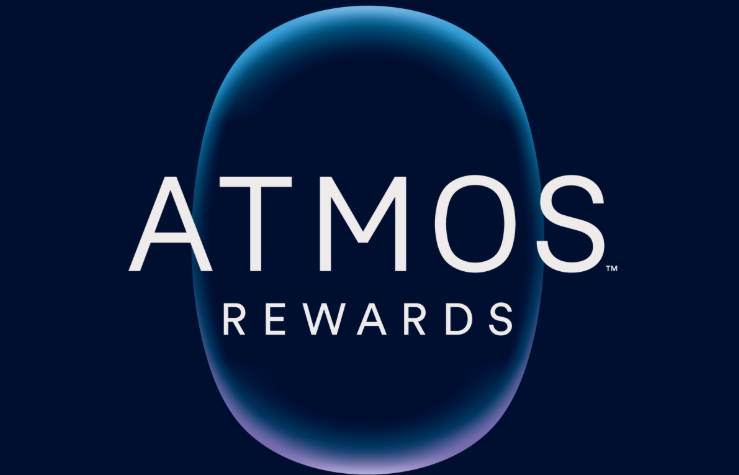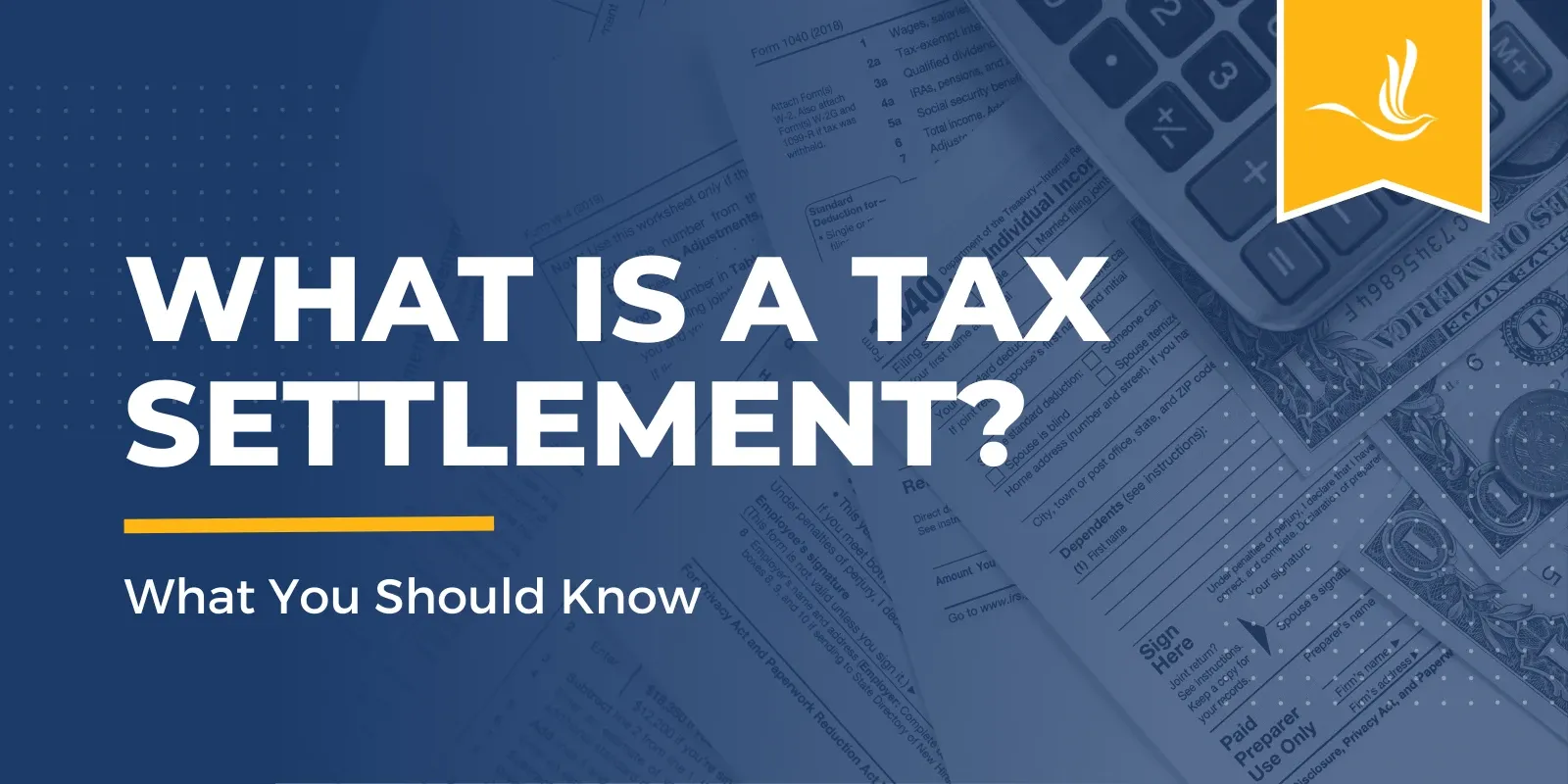MTD for Income Tax will apply from April 2026. That means any sole trader or landlord who exceeds the initial income threshold will need to start maintaining digital accounts and filing regular returns through compliant software.
How do you know if it applies to you? It’s all based on your gross income. To start with, MTD for Income Tax will only be mandatory for those who earned more than £50,000 from self-employment and/or property in the 24/25 tax year, but the threshold will be lowered every April from 2026 to 2028.
While you may not be swept up in the initial rollout, the earlier you prepare, the better, and this article should be your first port of call.
We’ll explain what MTD for Income Tax means for you, explain the thresholds and timeline, and tell you which accounting software providers make it easiest to comply with HMRC’s requirements.
What is Making Tax Digital for Income Tax?
MTD for Income Tax is simply the requirement to use compliant software to:
- Maintain accurate and up-to-date digital records of your self-employment and property income and expenses
- Submit quarterly updates to HMRC
- Submit your annual tax return by 31 January
It follows MTD for VAT, which was rolled out in 2019 and became mandatory in 2022. Both are part of an HMRC initiative that aims to help you:
- Pay the correct tax
- Reduce errors
- Give you an accurate picture of your finances
- Plan more effectively
Who does MTD for Income Tax apply to?
The first thing to know is that, if you’re a sole trader or landlord, you’re registered for Self Assessment, and your income is derived from self-employment or property, MTD for Income Tax will eventually apply.
Initially, MTD for Income Tax will only apply if your qualifying income – your total earnings from self-employment or property, not including exemptions (more on this below) – exceeds £50,000 for the 2024 to 2025 tax year. If this is the case, you’ll be mandated from 2026, regardless of how that income is made up. For example, if you made £55,000 exclusively from self-employment, it applies.
If you make £43,000 from self-employment and £8,000 from property income, it applies. You get the gist.
The good news is that, if your qualifying income is above the threshold in any given year, HMRC will write to you and alert you that you’ll need to comply by the start of the following tax year. However, that doesn’t mean you’re exempt if you don’t receive a letter – it’s still your responsibility to check whether you’re in scope of MTD.
In the future, MTD for Income Tax will also apply to business partnerships.
What do I need to do if MTD for Income Tax applies?
Here’s what you need to do if MTD for Income Tax applies to you:
- Sign up: Through your Government Gateway account (or via your accountant). You won’t be enrolled automatically, and missing the deadline may result in penalties.
- Know the rules: A new points-based penalty system applies for late or missing updates and repeated delays can lead to fines.
- Use MTD-compatible software: Approved by HMRC to record income and expenses and submit updates.
- Keep digital records: Of all business and property income and costs from the start of the tax year you join MTD.
- Submit quarterly updates: Every three months (usually by 7 August, 7 November, 7 February, and 7 May) through your software.
- File your final declaration: By 31 January after the tax year ends, confirming your total income and tax owed.
MTD for Income Tax thresholds and timeline
MTD for Income Tax will be phased in in three stages:
- From 6 April 2026, if your qualifying income exceeds £50,000 within the 2024 to 2025 tax year
- From 6 April 2027, if your qualifying income exceeds £30,000 within the 2025 to 2026 tax year
- From 6 April 2028, if your qualifying income exceeds £20,000 within the 2026 to 2027 tax year
Are there any exemptions?
There are some exemptions to MTD for Income Tax, including:
- You’re qualifying income is £20,000 or less
- If you’re digitally excluded, meaning it’s “not reasonable” for you to use compatible software and submit digital records
- You’re a non-resident company
You can see a full list of exemptions on gov.uk.
What is MTD-compatible software?
MTD-compatible software is any commercial software that allows you to create and store digital records for relevant income, submit your quarterly updates and submit your tax return.
There are several different types of compatible software, including:
- Software that allows you to create digital records by importing transactions from your business bank account, scanning receipts and invoices, or manually entering income and expenses
- Bridging software, which connects to existing records you keep in either spreadsheets or other accounting tools and submits to HMRC.
The advantage of bridging software is that it allows you to continue using your existing system
You might want to use one type of software for everything or use two products that work together – one for creating records and one for submitting to HMRC.
You can use this gov.uk tool to find compatible software.
Which is the best software for Making Tax Digital?
Several big-name accounting software providers are not only MTD-compatible, but deliver everything you need to comply with ease and more.
Here are some platforms to consider:
Sage Accounting
Sage’s cloud-based, AI-powered accounting software might just be your best friend when it comes to keeping up with MTD requirements. Or, more specifically, its AI productivity assistant Sage Copilot.
Copilot notifies you about upcoming tax deadlines so you can prepare; it checks your data for common errors so you can correct them before they’re spotted by HMRC; and it can even assist you in filing your tax returns.
What really sets Sage apart is that, unlike other accounting software, its AI productivity assistant is available in every plan. On top of that, it gets the basics right, with customised invoices, transaction reconciliation, payment tracking, and payroll.
Sage also has a dedicated product for self-employed sole traders, with simple and effective tools that help you get MTD-ready, including receipt capture, the ability to connect your bank feeds, and automated transaction categorisation and matching. You can complete a Self Assessment form in Sage, which uses your data to calculate your income and expenses, and deliver a ‘copy-and-paste’ total for your income tax return..
Plans & Pricing (excl.
VAT):
- Start – £18 per month: Invoicing, bank reconciliation, VAT submissions
- Standard – £39 per month: Includes Start + CIS, cash flow, quotes, advanced reporting
- Plus – £59 per month: Includes Standard + inventory, multi-currency, and budgeting
Intro offer: 90% off for 6 months
Get started with Sage AccountingXero
Xero is a comprehensive accounting solution that will help you comply with MTD – all plans are MTD for Income Tax ready. Every transaction you take is automatically matched to its tax category, you get live tax estimates, and you can manage multiple incomes via a single subscription.
All this, as well as bank connections, inventory, VAT returns, automatic receipt capture, transaction reconciliation, and customisable online invoices as standard. Higher-tier plans unlock advanced performance dashboards and analytics, multiple currencies, and expenses and mileage..
Plans and pricing (excl. VAT)
- Simple – £7 per month: Quotes, MTD for ITSA, bank reconciliation, Hubdoc receipt capture
- Ignite – £16 per month: All Simple features + enter bills, VAT filing to HMRC, optional bill payments and CIS returns
- Grow – £37 per month: All Ignite features + pay up to 5 bills, expenses & mileage for 5 users (£2.50 per additional user), 5-person payroll, optional project tracking (£5 per user)
- Comprehensive – £50 per month: All Grow features + bill payments for 10, multi-currency support, project tracking (for 10 users)
- Ultimate – £65 per month: All Comprehensive features + bill payments for 15, advanced analytics, up to 10-person payroll, enhanced budgeting and insights
Intro offer: 90% off for three months.
Get started with XeroQuickBooks
QuickBooks‘ cloud-based accounting platform is ideal whether you’re a sole trader or a growing business that’s passed the VAT threshold.
HMRC-recognised for MTD, it offers Self Assessment support, VAT and CIS submissions, real-time insights, and AI-powered income and expense management.
From the Essentials plan onwards, you get bill management and multi-currency support. Plus introduces stock tracking and budget setting, and Advanced unlocks batch invoices and advanced reporting.
Plans & Pricing (excl. VAT):
- Sole Trader – £10 per month: Invoicing, cash flow, MTD for Income Tax, Self Assessment tools
- Simple Start – £16 per month: Adds VAT submissions, CIS returns, and accountant access
- Essentials – £33 per month: Multi-user, bills, time tracking, multi-currency
- Plus – £47 per month: Stock tracking, project profitability, budgeting
- Advanced – £115 per month: Up to 25 users, automation, batch invoicing, advanced reporting
Intro offer: 90% off for three months.
Get started with QuickBooksZoho Books
Zoho Books is a feature-rich, cloud-based accounting tool targeted at small and medium-sized businesses. It’s MTD ready, allowing you to file both income tax and VAT returns directly to HMRC.
You can automatically generate returns based on sales and purchases and match payments with returns, making it easy to stay on top of reclaims.
It’s one of the most affordable of the major accounting software providers: even on the free plan, you can create invoices (up to 1,000 a year), quotes and expenses journals, autoscan receipts, and you get over 50 reports. Bank feed connections, multi-currency invoicing, stock tracking, custom reports and much more are available on higher-tier plans.
Plans & Pricing (excl. VAT):
- Free – £0 per month: VAT tracking, client portal, online payments, mileage
- Standard – £10 per month: Recurring invoices, bank feeds, EC Sales List
- Professional – £20 per month: Multi-currency, CIS, inventory, time billing
- Premium – £25 per month: Budgeting, asset management, vendor portals
- Elite – £85 per month: Advanced inventory and warehouse tools
- Ultimate – £165 per month: BI dashboards, forecasting, deep insights
FreeAgent
FreeAgent offers different accounting software packages to suit different business structures. You can use it to automatically generate MTD-compatible VAT returns and auto-populate your Self Assessment, and file both directly from within the software.
You can also use FreeAgent to file end-of-year accounts and Corporation Tax. Additionally, insights and accounting reports improve your decision-making, you can connect your bank feeds, and there’s support for invoices, expenses and mileage.
Every plan has a 30-day free trial. And there’s good news if you have a business current account with either NatWest, RBS, or Ulster Bank (or a Mettle bank account you use to make at least one transaction per month) – FreeAgent is completely, well, free.
Plans & Pricing (excl. VAT):
- Sole trader – £9.50 per month: Gives you access to all the features of the software including expense tracking, automatic bank feeds and corporate tax forecasting, plus self assessment filing.
- Partnership/LLP – £13.50 per month: Access to all of the features plus profit-sharing calculations.
- Limited company – £16.50 per month: This package has everything else plus dividend vouchers.
Every plan ahs a 30-day free trial.
Get started with FreeAgentFurther reading on accounts
Which digital accounts software is right for your small business?
Disclaimer: This story is auto-aggregated by a computer program and has not been created or edited by finopulse.
Publisher: Source link








